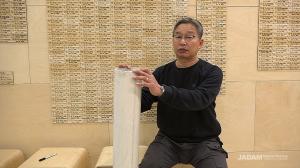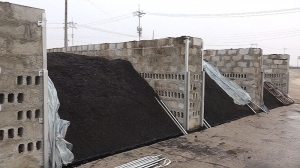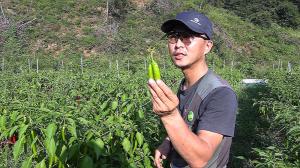Kuwana Pear Aphid appears on baby pear trees during spring and harms those. If the tree is healthy, there will be less damage from the enemy insect, ladybug, lacewing, and syrphinae pecies. I only took a photo of part of leaf where Kuwana pear aphid is concentrated and where it is in stated activity. However, all of the enemy insects which was mentioned were observed in the farm. Therefore, you should plant gramineous weeds to diverse the natural enemy insects which is the first step to be an organic farmer.
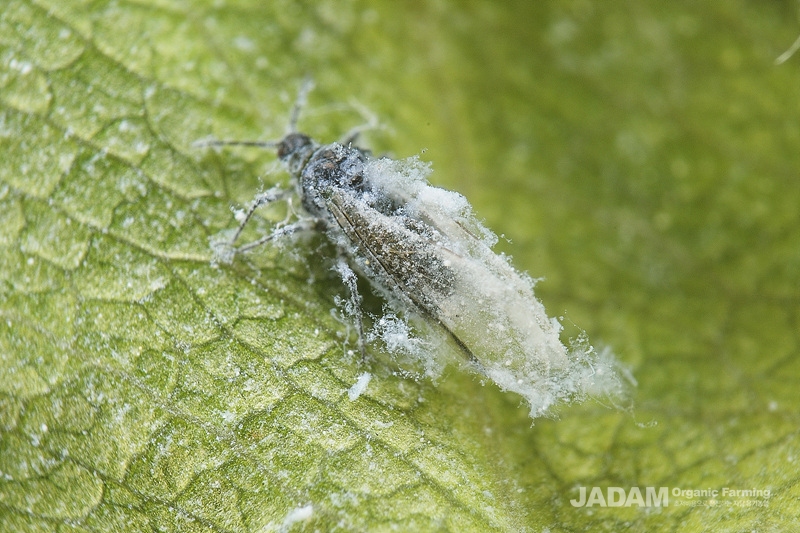 |
ⓒ 2017 JADAM All Rights Reserved
winged kuwana pear aphid adult |
Kuwana Pear Aphid
Homoptera pemphigidae
- Scientific name: Prociphilus kuwanai Monzen
- English name: Kuwana Pear Aphid
- Size: the body length of winged one is 2 to 3mm
- Hosts: Pear tree
- Distribution: Korea, Japan and more.
The non-winged adult insect is yellowish green and its body length is around 2mm to 3mm. Moreover, Its tail is covered with something like white cotton or powder. The winged insect's body color is black and its wings is transparent. It looks similar with aphids with wings.
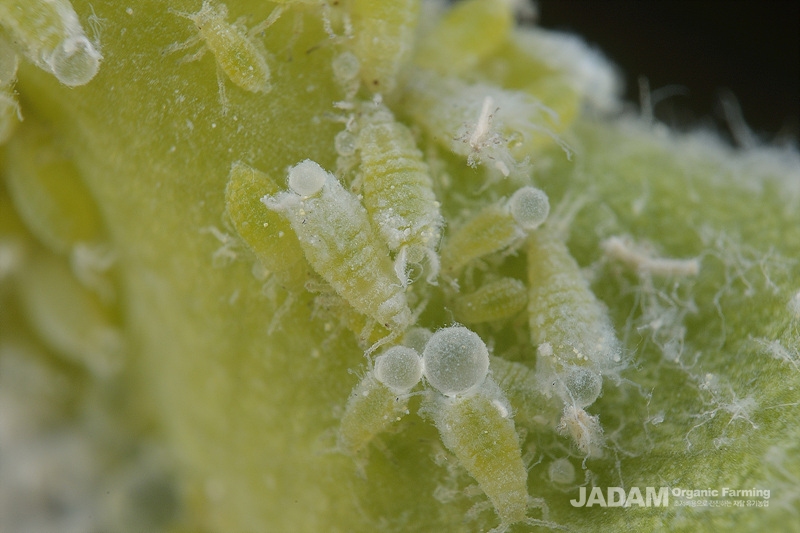 |
ⓒ 2017 JADAM All Rights Reserved
early-instar kuwana pear aphid nymph (centre of the photo) |
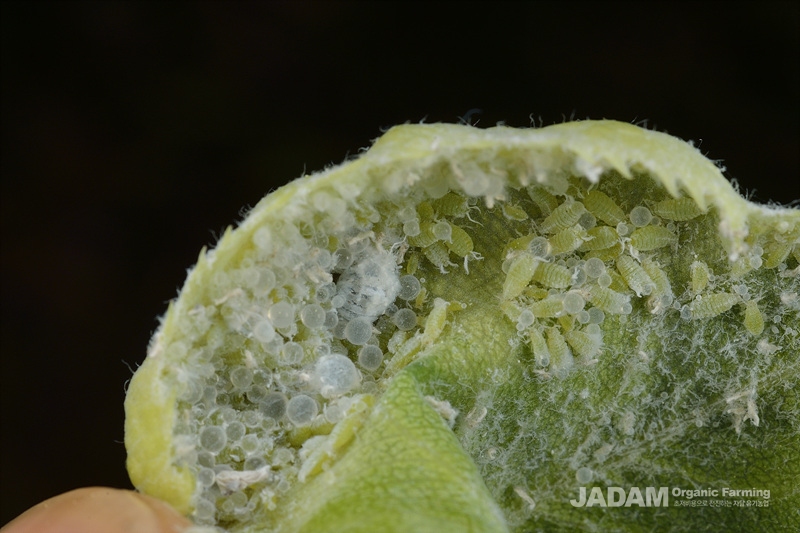 |
ⓒ 2017 JADAM All Rights Reserved
behind damaged leaf by kuwana pear aphid † those circles are the insect's secretion |
If the leaf is attacked by the aphid, the leaf will be rolled backward and the part of color will become lighter. If you see the inside of a rolled leaf, you can see something like white cotton or powder covered. The bottom of a damaged leaf will have sooty mold due to the excrement of aphids and the while cotton is mixed together.
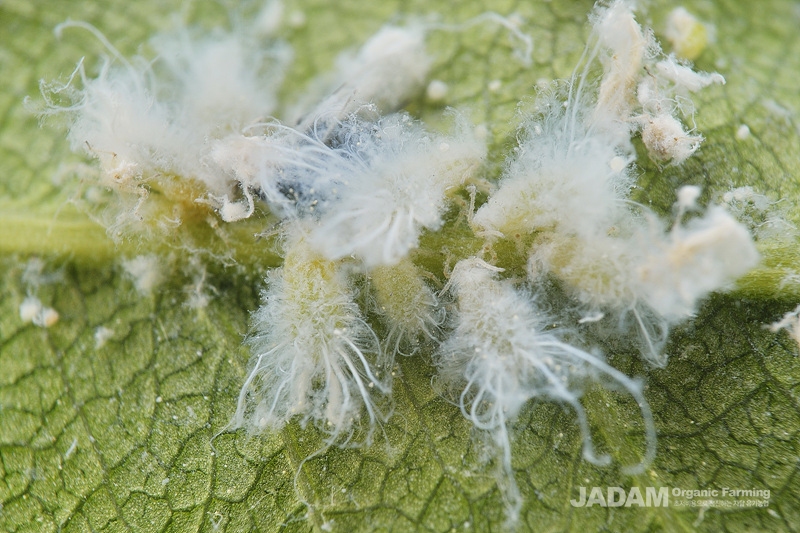 |
| ⓒ 2017 JADAM All Rights Reserved |
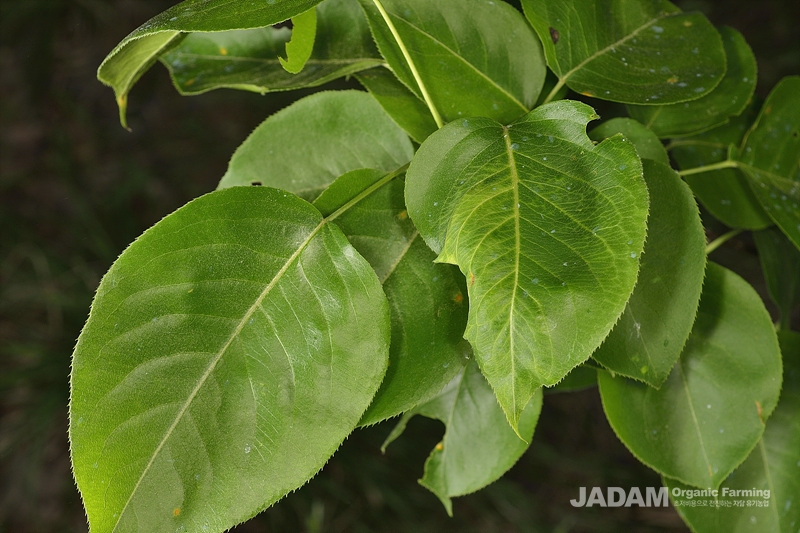 |
ⓒ 2017 JADAM All Rights Reserved
damaged leaf by kuwana pear aphid
† leaf was rolled backward |
Kuwana pear aphid's egg stays over the coldest season on the surface of bud and hatches out in April. Generally, it gives damage to leafs of fruit tree during April to June. From June, winged kuwana pear aphid appears and moves to another place during summer host. Therefore, we cannot find it on the pear tree during summer. However, it will appear again from the first ten days of October and produces eggs on the surface of bud.
 |
ⓒ 2017 JADAM All Rights Reserved
marmalade hoverfly larva is eating kuwana pear aphid
† this larva stays inside of a rolled leaf and eats kuwana pear aphid. |
Translated by Sunyoung Cho
Other articles by Deogkee ParkInterviewed on : 2016.06.01 00:15
<© 2016 Jadam All Rights Reserved>
#insect#homoptera#pemphigidae#pear tree













